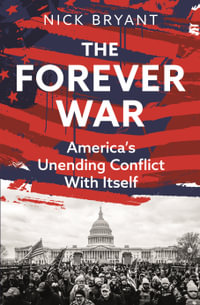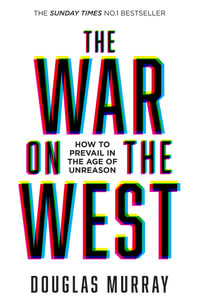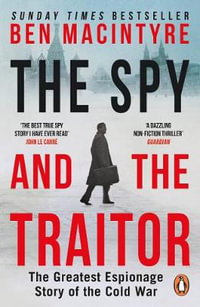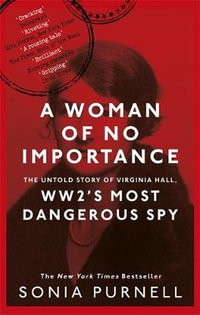"It's a curious fact of contemporary politics that conservatives have emerged as keepers of the 1960s flame. Although the '60s-that great blob of a decade most expansively defined as beginning with Kennedy's inauguration and ending Nixon hopping a helicopter to San Clemente-were arguably the high-watermark of liberalism, contemporary liberals seem content to skip over the period.In this context, John A. Andrew III's The Other Side of the Sixties is a particularly interesting act of historical recovery. Not only does Andrew, a liberal historian at Franklin & Marshall College, document just what young conservatives were up to in the '60's (activity largely ignored by previous historians), his identification of YAF as one of the era's three major student groups (along with Students for a Democratic Society and the Student Non-Violence Coordinating Committee) suggests a reading of the decade that provocatively complicates conservative castigations of student 'radicals.' In recovering an ignored part of an important decade, The Other Side of the Sixties documents the tensions that existed at an early stage in the once-strong alliance; the institutional history of YAF suggests that the conflict will only become more heated." -Reason "There are good histories of post-WW II conservative thought such as George H. Nash's The Conservative Intellectual Movement in America, since 1945 (CH, Oct '76), but there has long been a need for more serious scholarship on postwar American conservative movements. Andrew (history, Franklin & Marshall College) expertly fills this need for one movement-Young Americans for Freedom-which, as he points out, was the most controversial youth movement in US politics in the first half of the 1960's. Andrew is especially sharp in providing a rewarding look inside YAF in these years, explaining its organizational dynamics, its leadership and their interpersonal conflicts, and the factional struggles over distinguishing YAF from both liberal Republicans and John Birchers." -Choice "Andrew makes a significant contribution to sixties' historiography by refocusing scholarly and public attention on the activities of conservative youth during that tumultuous decade."-Mary C. Brennan, author of Turning Right in the Sixties "Professor Andrew's book fills a gaping hole in the social/political history of the sixties. He tells us now of the spirited movement of young people that peaked in the election of Ronald Reagan."-William F. Buckley, Jr. "A fascinating account of a too long overlooked aspect of the 1960s: the counterattack of America's young conservatives who battled the left courageously and ultimately won the war."-William A. Rusher, Distinguished Fellow of the Claremont Institute What were young conservatives doing in the 1960s while SDS and SNCC were working to move the political center to the left? The Other Side of the Sixties offers a gripping account of Young Americans for Freedom (YAF), an organization that became a leading force in promoting conservative ideas and that helped lay the groundwork for today's conservatism. John Andrew has mined unique archival material to document YAF's efforts to form a viable organization, define a new conservatism, attack the liberal establishment, and seize control of the Republican party, all while battling voter hostility and internal factionalism. The author also uncovers the Kennedy administration's use of the IRS to subvert YAF and other right-wing organizations through tax audits and investigations. By painting a more balanced portrait of political thinking in the sixties, Andrew offers a new and much needed look at the ideological atmosphere of a vibrant decade.
























